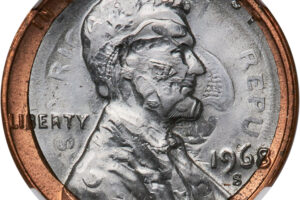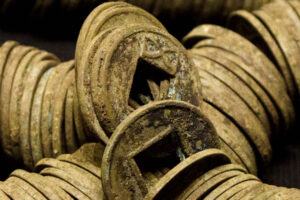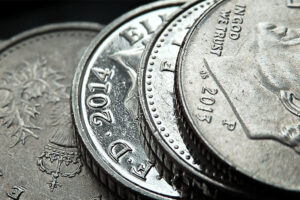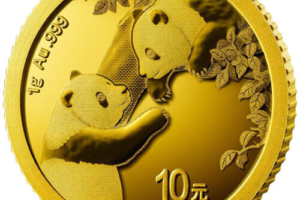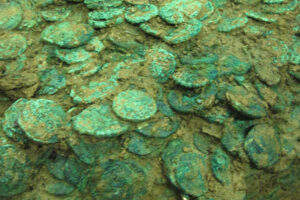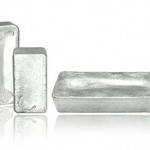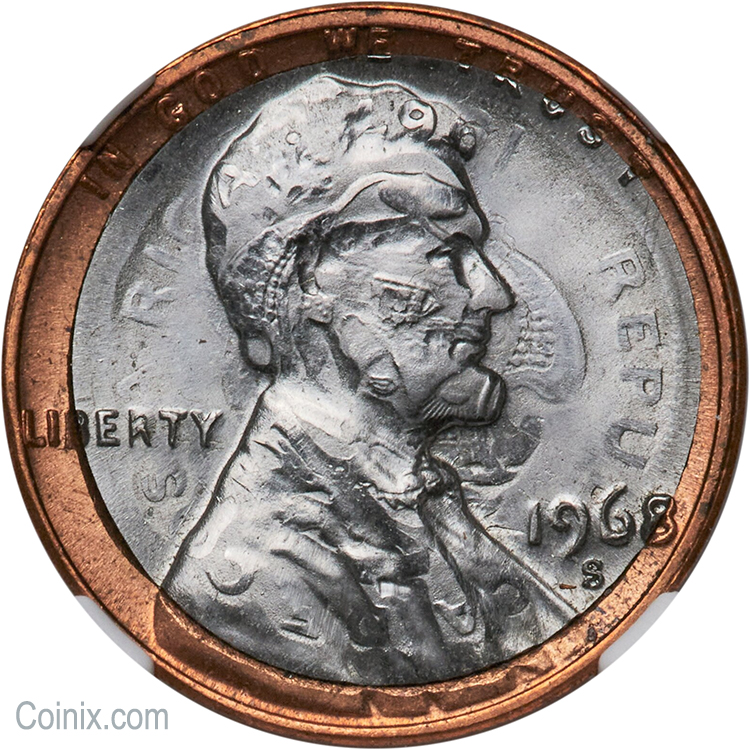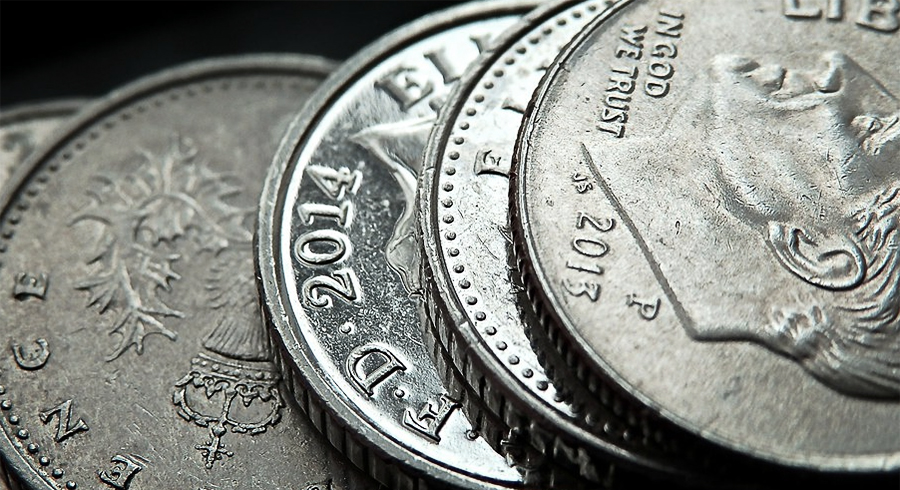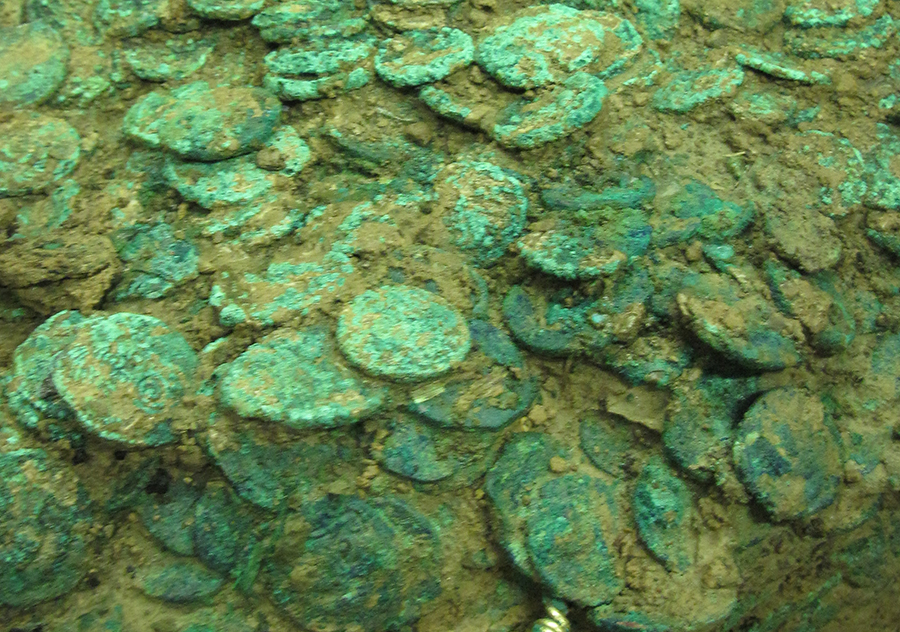Coin errors can add unique value and intrigue to a collection, as they represent unusual occurrences during the minting process. Here is a list of some of the most common coin errors, along with a brief explanation of each:
Double Die
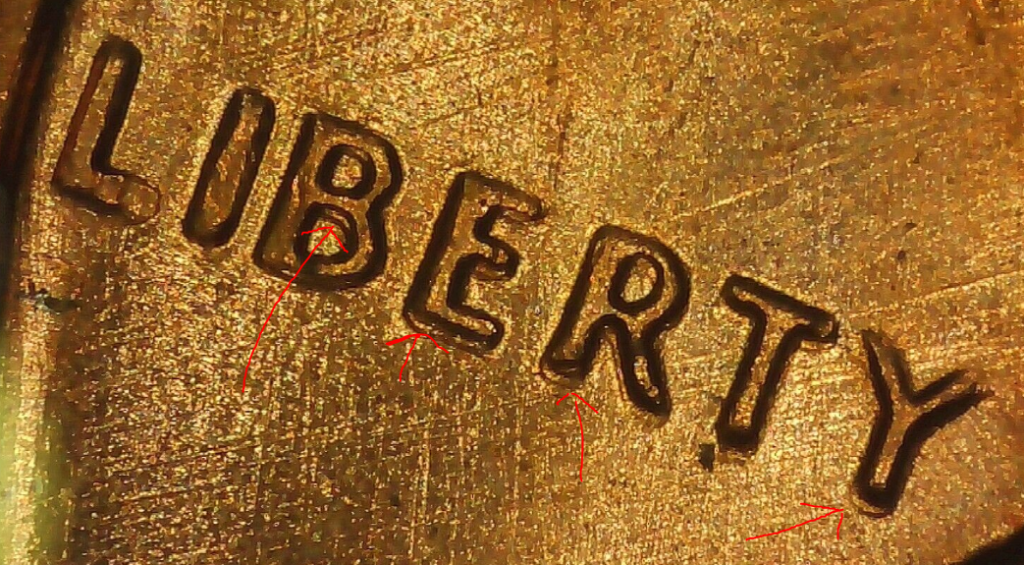
Doubled die errors occur when the die used to strike the coin has been unintentionally doubled, resulting in a doubled image on the coin. This error can be seen on either the obverse or the reverse side, with doubled lettering, numbers, or design elements.
Off-center Strikes

An off-center strike happens when a coin is not properly aligned with the dies during the striking process. This results in a coin with an off-center design, where part of the design may be missing or distorted. The value of off-center errors generally increases with the severity of the misalignment.
Clipped Planchet

Clipped planchet errors occur when the blank metal strip used for producing coins is improperly punched, leading to a partially missing or clipped edge on the coin. The size and location of the clip can vary, and larger or more unusual clips can add more value to the coin.
Blank Planchet

A blank planchet error occurs when a coin blank (planchet) does not get struck by the dies, resulting in a coin without any design. While not as visually striking as other errors, blank planchets still hold value for collectors.
Die Breaks and Cuds
Die breaks happen when a portion of the die used to strike the coin breaks or cracks, leading to raised lines or blobs on the coin’s surface. A “cud” error occurs when a larger piece of the die breaks off, leaving a raised, unstruck area on the coin. The value of die breaks and cuds depends on the size and location of the error.
Die Cap
A die cap error occurs when a coin sticks to the die during the striking process and subsequently strikes other coins. The coin that adheres to the die becomes a “cap” and gets distorted, often taking on a bottle cap-like shape. The coins struck by the capped die will have a weak or missing design on the side struck by the capped die.
Wrong Planchet
Wrong planchet errors happen when a coin is struck on a planchet intended for a different denomination or composition. This can result in a coin with an unusual size, weight, or metal content, and often carries a significant premium due to its rarity.
Multiple Strikes

A multiple strike error occurs when a coin is struck more than once by the dies, leading to multiple impressions of the design. This can result in overlapping or distorted design elements.
Overdates and Overmintmarks
Overdates happen when a die with an outdated year is re-engraved with a new year, but the previous year is still partially visible. Overmintmarks occur when a mintmark is punched over a different mintmark, resulting in two visible mintmarks on the coin.
Repunched Mintmarks
A repunched mintmark error occurs when the mintmark is punched more than once on the die, leading to a doubled or distorted mintmark on the coin.

